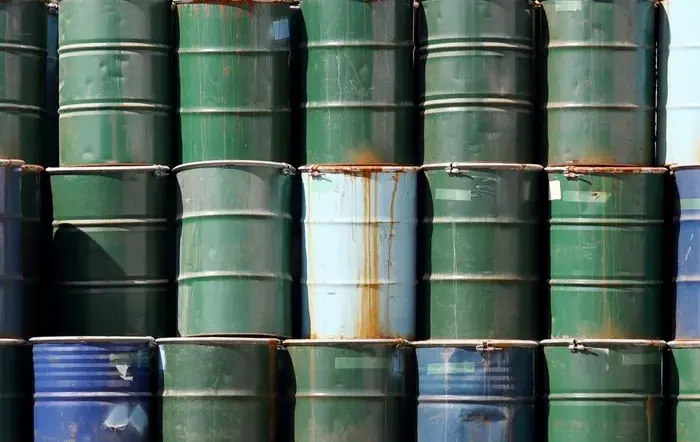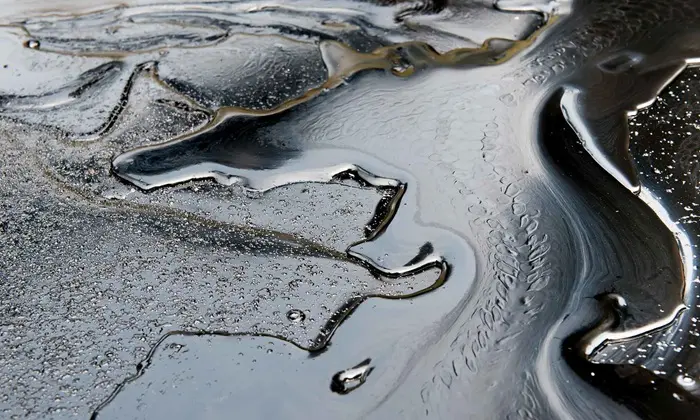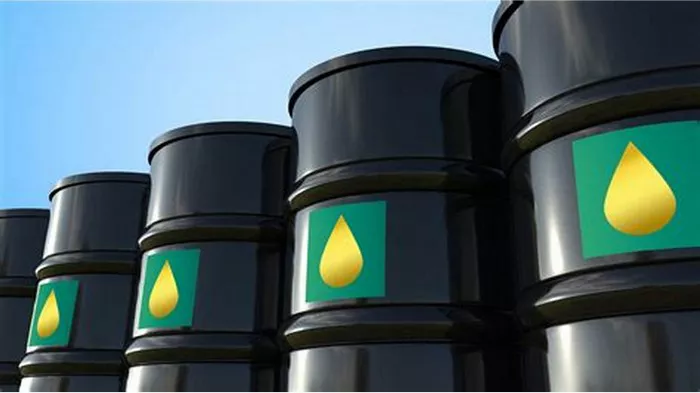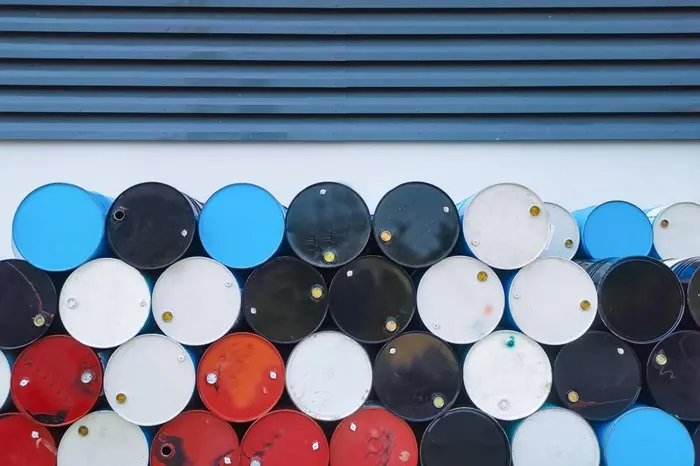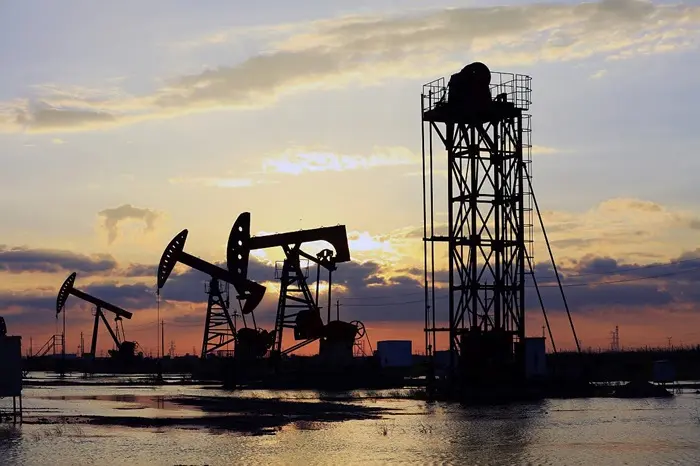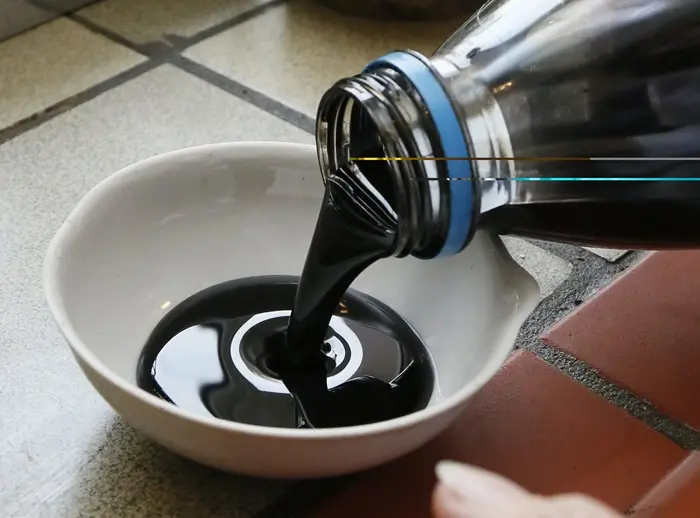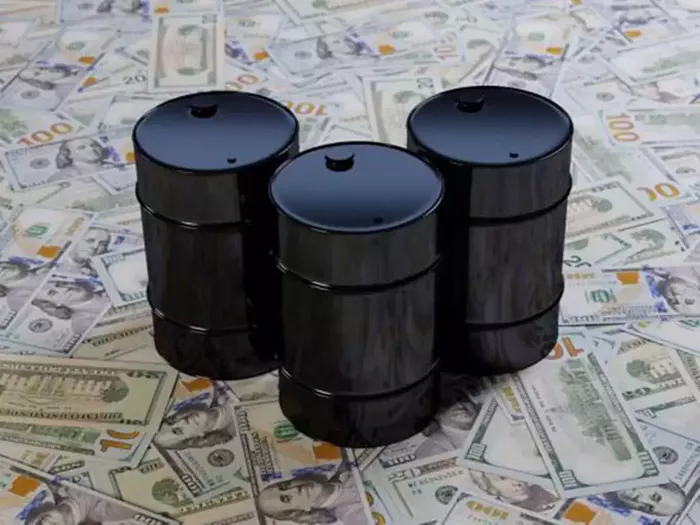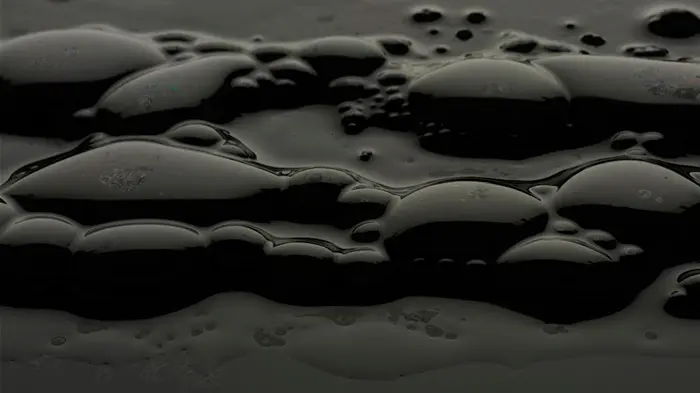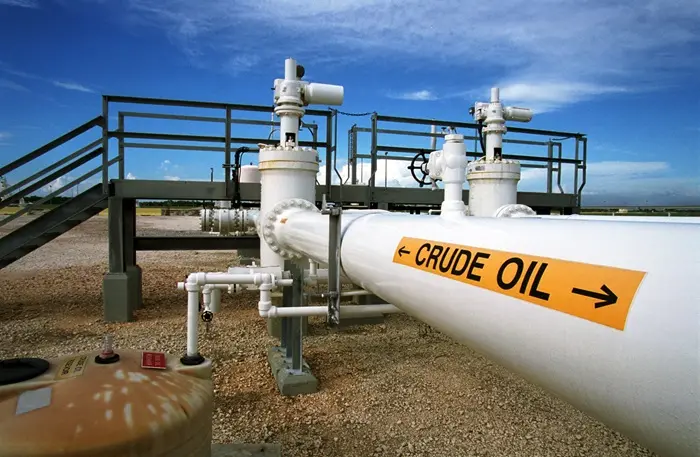Crude oil spills in the ocean are one of the most catastrophic environmental disasters. The consequences of these spills extend beyond the immediate area, affecting marine life, coastal ecosystems, and even human health. Understanding what happens to crude oil when it is spilled in the ocean is essential for comprehending the full impact of these disasters and the measures needed for mitigation and recovery.
Understanding Crude Oil
Crude oil is a complex mixture of hydrocarbons, including various chemicals, metals, and sulfur compounds. The specific composition of crude oil can vary depending on its source. However, it generally contains a combination of light, medium, and heavy hydrocarbons.
1. Light Hydrocarbons
Light hydrocarbons, such as methane and ethane, are volatile and tend to evaporate quickly when exposed to the atmosphere. These components can disperse into the air, contributing to air pollution and the formation of toxic clouds.
2. Medium Hydrocarbons
Medium hydrocarbons, such as gasoline and kerosene, are less volatile but still have the potential to evaporate or dissolve in water. These compounds can remain in the environment for extended periods, posing risks to marine life and human health.
3. Heavy Hydrocarbons
Heavy hydrocarbons, such as tar and asphalt, are the least volatile and tend to persist in the environment. They can form thick layers on the ocean surface or sink to the seabed, causing long-term damage to marine ecosystems.
See Also: The Formation of Crude Oil: A Geological Journey
The Immediate Impact of an Oil Spill
When crude oil is spilled into the ocean, it undergoes a series of physical and chemical changes. These changes begin almost immediately after the spill and can significantly influence the extent of environmental damage.
1. Spreading and Slick Formation
The first noticeable effect of an oil spill is the rapid spreading of the oil across the water’s surface. Oil is less dense than water, so it floats, forming a slick that can cover vast areas in a short time. The rate at which oil spreads depends on several factors, including the type of oil, water temperature, and sea conditions.
2. Evaporation
As the oil spreads, the lighter hydrocarbons begin to evaporate. This process can remove a significant portion of the oil from the water, especially in warm climates. However, the evaporation of these components can also lead to the release of toxic vapors, posing risks to marine life and humans.
3. Dispersion
Some of the spilled oil may break up into smaller droplets and mix with the water column. This dispersion process is influenced by wave action, wind, and the use of chemical dispersants. While dispersion can reduce the visibility of the oil slick, it also spreads the contamination, affecting a broader area of the ocean.
4. Emulsification
As the oil interacts with water, it can form a water-in-oil emulsion, commonly known as “mousse.” This thick, sticky substance is more difficult to clean up and can persist in the environment for an extended period. Emulsification increases the volume of the spill and complicates recovery efforts.
5. Dissolution
Some oil components, particularly the lighter hydrocarbons, can dissolve in seawater. Dissolved oil can be toxic to marine life, particularly to fish and other organisms that rely on clean water for survival. The extent of dissolution depends on the oil’s composition and the water’s temperature and salinity.
6. Sedimentation
Heavy hydrocarbons can sink and accumulate on the ocean floor, leading to long-term contamination of the benthic environment. This sedimentation process can have devastating effects on bottom-dwelling organisms and disrupt the entire marine food chain.
Environmental Impact of Oil Spills
The environmental impact of crude oil spills in the ocean is profound and far-reaching. It affects marine life, coastal ecosystems, and even the global climate.
1. Impact on Marine Life
Marine organisms are highly sensitive to oil pollution. The impact on marine life depends on the species affected, the oil’s composition, and the duration of exposure.
Fish: Oil can coat fish gills, impairing their ability to breathe. It can also contaminate their food sources, leading to bioaccumulation of toxic substances in the food chain.
Birds and Mammals: Seabirds and marine mammals, such as seals and dolphins, are particularly vulnerable to oil spills. Oil can coat their feathers or fur, reducing insulation and buoyancy, leading to hypothermia or drowning. Ingestion of oil during grooming can cause internal damage and death.
Plankton and Invertebrates: Plankton, the foundation of the marine food web, can be severely impacted by oil spills. Invertebrates, such as crabs and shrimp, can also suffer from oil contamination, affecting their reproduction and survival rates.
2. Impact on Coastal Ecosystems
Oil spills that reach the coastline can devastate coastal ecosystems, including mangroves, marshes, and coral reefs.
Mangroves: These vital ecosystems are particularly susceptible to oil pollution. Oil can smother mangrove roots, reducing oxygen flow and leading to the death of trees and the loss of habitat for many species.
Marshes: Oil can coat marsh grasses, killing plants and reducing the ability of the marsh to provide essential services, such as water filtration and flood protection.
Coral Reefs: Corals are highly sensitive to oil pollution. Oil can inhibit coral growth, reproduction, and lead to coral bleaching. The loss of coral reefs can have cascading effects on the entire marine ecosystem.
3. Long-Term Environmental Impact
The long-term impact of an oil spill can persist for decades. Even after the visible oil has been removed, the environment may remain contaminated with residual oil and toxic chemicals. This lingering pollution can affect the reproductive success of marine species, reduce biodiversity, and alter the structure of marine ecosystems.
Economic and Social Consequences
The economic and social consequences of crude oil spills are significant. They can disrupt local economies, particularly those dependent on fishing, tourism, and shipping.
1. Impact on Fisheries
Oil spills can contaminate fish stocks, leading to the closure of fisheries and loss of income for local communities. The contamination of seafood can also pose health risks to consumers, leading to long-term economic consequences for the fishing industry.
2. Impact on Tourism
Coastal areas affected by oil spills often experience a decline in tourism. Beaches may be closed, and the local environment may be less attractive to visitors. The loss of tourism revenue can have a ripple effect on the local economy, affecting businesses and jobs.
3. Impact on Shipping
Oil spills can disrupt shipping routes, leading to delays and increased costs for maritime transport. The cleanup process may require the closure of ports and shipping lanes, further exacerbating the economic impact.
Response and Cleanup Efforts
Responding to an oil spill requires a coordinated effort involving multiple stakeholders, including governments, environmental agencies, and private companies.
1. Containment
The first step in responding to an oil spill is to contain the spread of the oil. This is typically done using booms, which are floating barriers that prevent the oil from spreading further.
2. Skimming and Recovery
Once the oil is contained, skimming vessels can be used to remove the oil from the water’s surface. Skimming is most effective when the oil is still fresh and has not yet emulsified.
3. Use of Dispersants
Chemical dispersants can be applied to break up the oil and promote its natural degradation. However, the use of dispersants is controversial, as they can have toxic effects on marine life and may spread the contamination more widely.
4. Bioremediation
Bioremediation involves the use of microorganisms to break down and degrade oil in the environment. This method is often used in combination with other cleanup techniques and can be effective in reducing the long-term impact of oil spills.
5. Shoreline Cleanup
When oil reaches the shore, manual cleanup efforts may be necessary. This can involve the removal of contaminated sand and debris, as well as the washing of oil from rocks and vegetation.
6. Monitoring and Restoration
After the initial cleanup, ongoing monitoring is essential to assess the long-term impact of the spill and guide restoration efforts. This may include the replanting of vegetation, the restocking of fish populations, and the rehabilitation of affected wildlife.
Preventing Future Oil Spills
Preventing future oil spills is a critical priority for governments, industries, and environmental organizations. This involves a combination of regulatory measures, technological innovations, and industry best practices.
1. Regulatory Measures
Governments around the world have implemented regulations to prevent oil spills and minimize their impact. These regulations may include requirements for double-hulled tankers, stricter safety protocols, and penalties for companies that fail to comply with environmental standards.
2. Technological Innovations
Advancements in technology have the potential to reduce the risk of oil spills and improve response efforts. This includes the development of more effective containment and cleanup technologies, as well as the use of satellite monitoring and drones to detect and track spills.
3. Industry Best Practices
The oil industry has established best practices to prevent spills and mitigate their impact. This includes regular maintenance and inspection of equipment, the use of advanced drilling techniques, and the implementation of robust safety protocols.
Conclusion
Crude oil spills in the ocean remain a significant environmental and economic challenge. The immediate and long-term impacts of these spills can be devastating to marine life, coastal ecosystems, and human communities. While significant progress has been made in response and prevention efforts, the risk of future spills persists.
Understanding what happens to crude oil when it is spilled in the ocean is crucial for developing effective strategies to prevent, respond to, and mitigate the impact of these disasters. Continued investment in research, technology, and regulatory measures is essential to protect our oceans and the vital resources they provide.
[inline_related_posts title=”You Might Be Interested In” title_align=”left” style=”list” number=”3″ align=”none” ids=”3361,3425,3248″ by=”categories” orderby=”rand” order=”DESC” hide_thumb=”no” thumb_right=”no” views=”no” date=”yes” grid_columns=”2″ post_type=”” tax=””]

